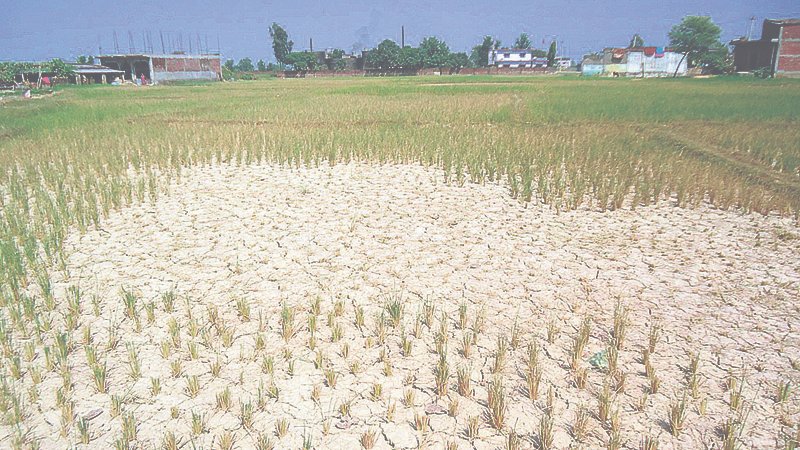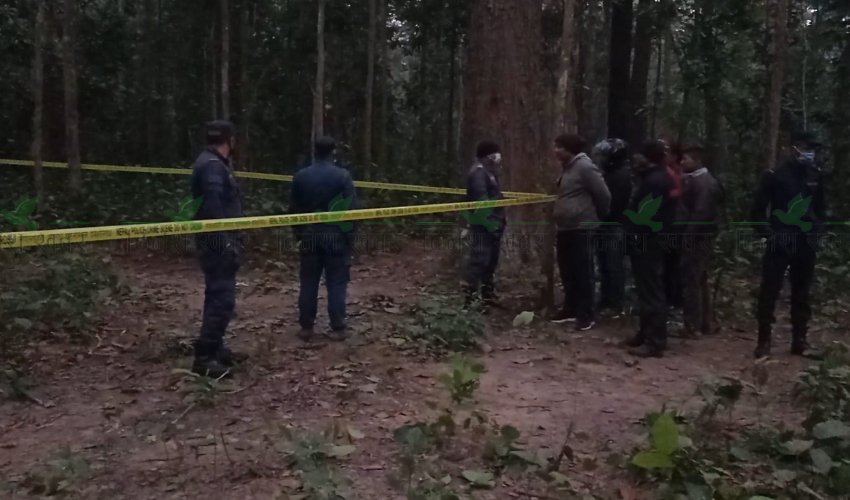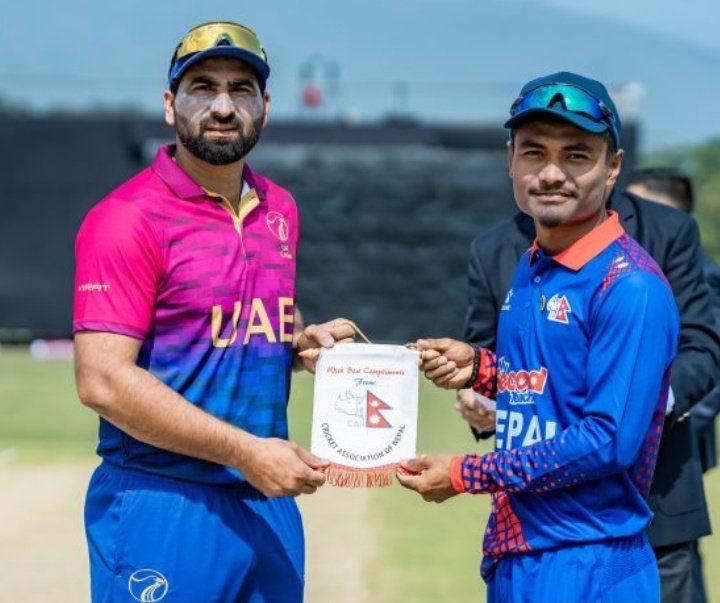Paddy farmers in Nepal are facing serious challenges this season due to a combination of prolonged drought and poor irrigation facilities. The shortage of rainfall, coupled with aging irrigation systems, has disrupted rice cultivation in many parts of the country, threatening both farmers’ livelihoods and food security.
Severe Rainfall Deficit Disrupts Paddy Cultivation
Nepal has experienced below-average rainfall for several months, a critical period for paddy crops that require consistent water supply. Many rice fields have become dry, causing poor growth and low crop yields. “Without sufficient water, rice plants become weak and may fail to produce grains,” said an agricultural expert.
Aging Irrigation Systems Struggle to Deliver Water
In rural farming areas, irrigation relies heavily on traditional canals and water channels. Unfortunately, many of these systems are damaged or clogged, limiting water flow to the fields. The lack of efficient irrigation infrastructure has worsened the impact of the drought, leaving many farmers unable to irrigate their paddy lands properly.
Economic Impact on Farmers and Food Prices
For many small-scale farmers, rice farming is their main source of income. Crop losses due to water scarcity are pushing farming families into financial difficulties. Furthermore, lower rice production is causing supply shortages, which could lead to increased rice prices in local markets, affecting consumers across the country.
Government and Community Efforts Underway
The Nepalese government has initiated projects aimed at repairing and upgrading irrigation systems, but progress remains slow due to funding and logistical challenges. Meanwhile, local communities have begun adopting water conservation practices such as rainwater harvesting and small-scale dam construction. Experts also emphasize the importance of introducing drought-resistant rice varieties and educating farmers on efficient water use.
Climate Change after Drought and poor irrigation
Experts warn that climate change is intensifying droughts and causing irregular rainfall patterns, increasing risks to Nepal’s agriculture. They call for long-term strategies focused on climate-resilient farming practices and improved water management to ensure stable food production.
Collaboration Needed against Drought and poor irrigation
Agricultural specialists stress the need for coordinated efforts among government agencies, local communities, and farmers to address these water challenges. Hence, investing in modern irrigation infrastructure and promoting sustainable farming methods are critical to protecting Nepal’s paddy production and securing the livelihoods of millions.


